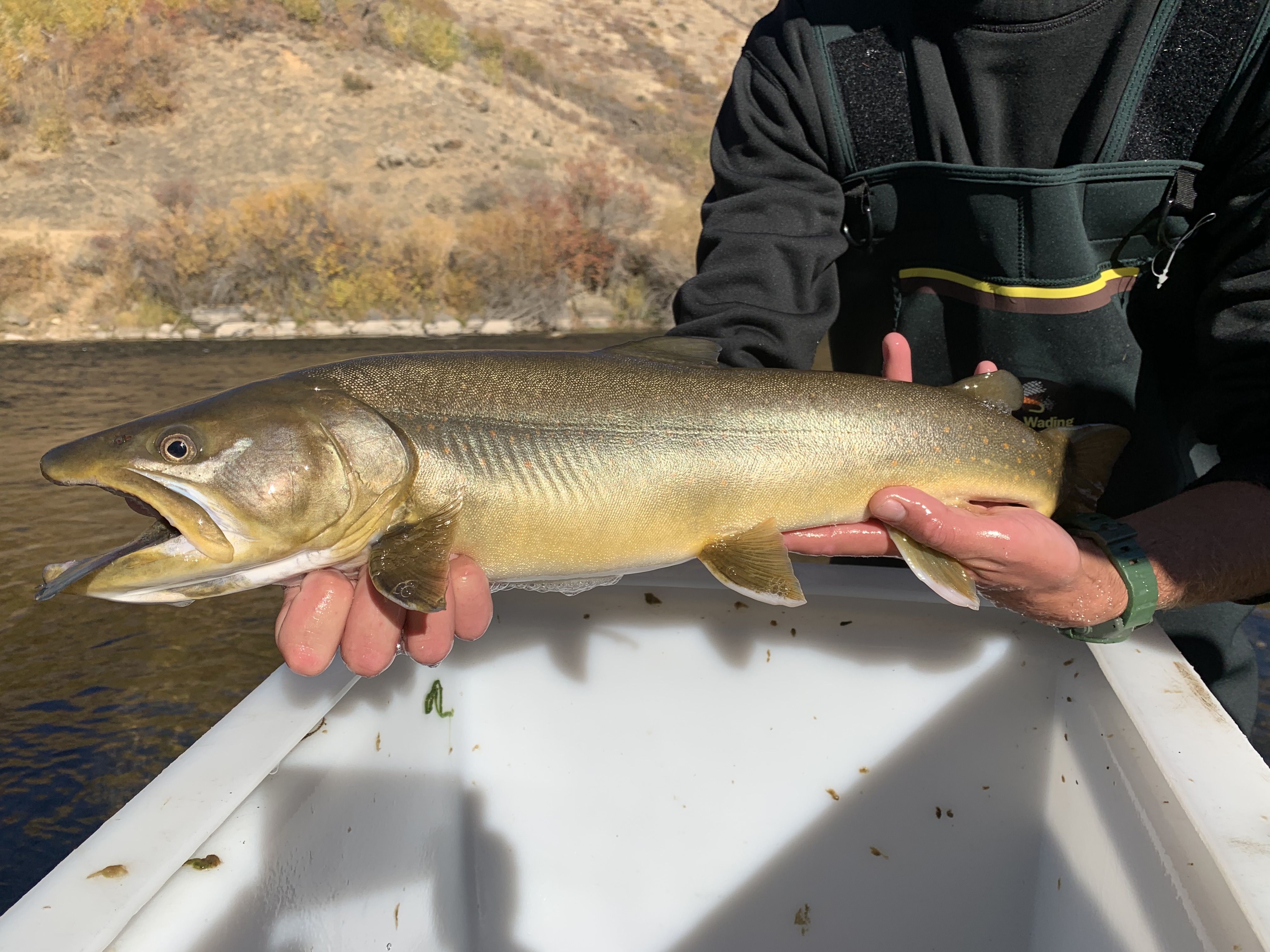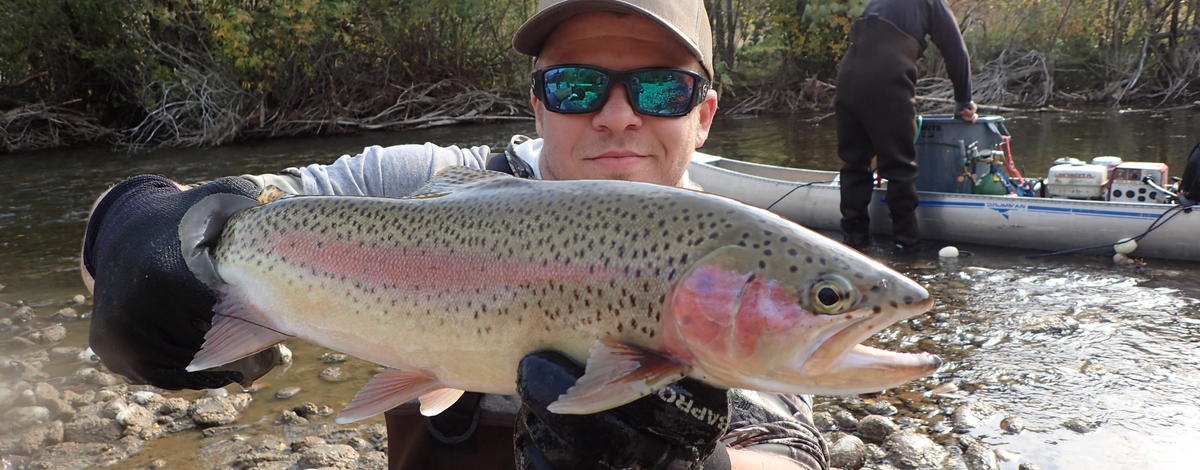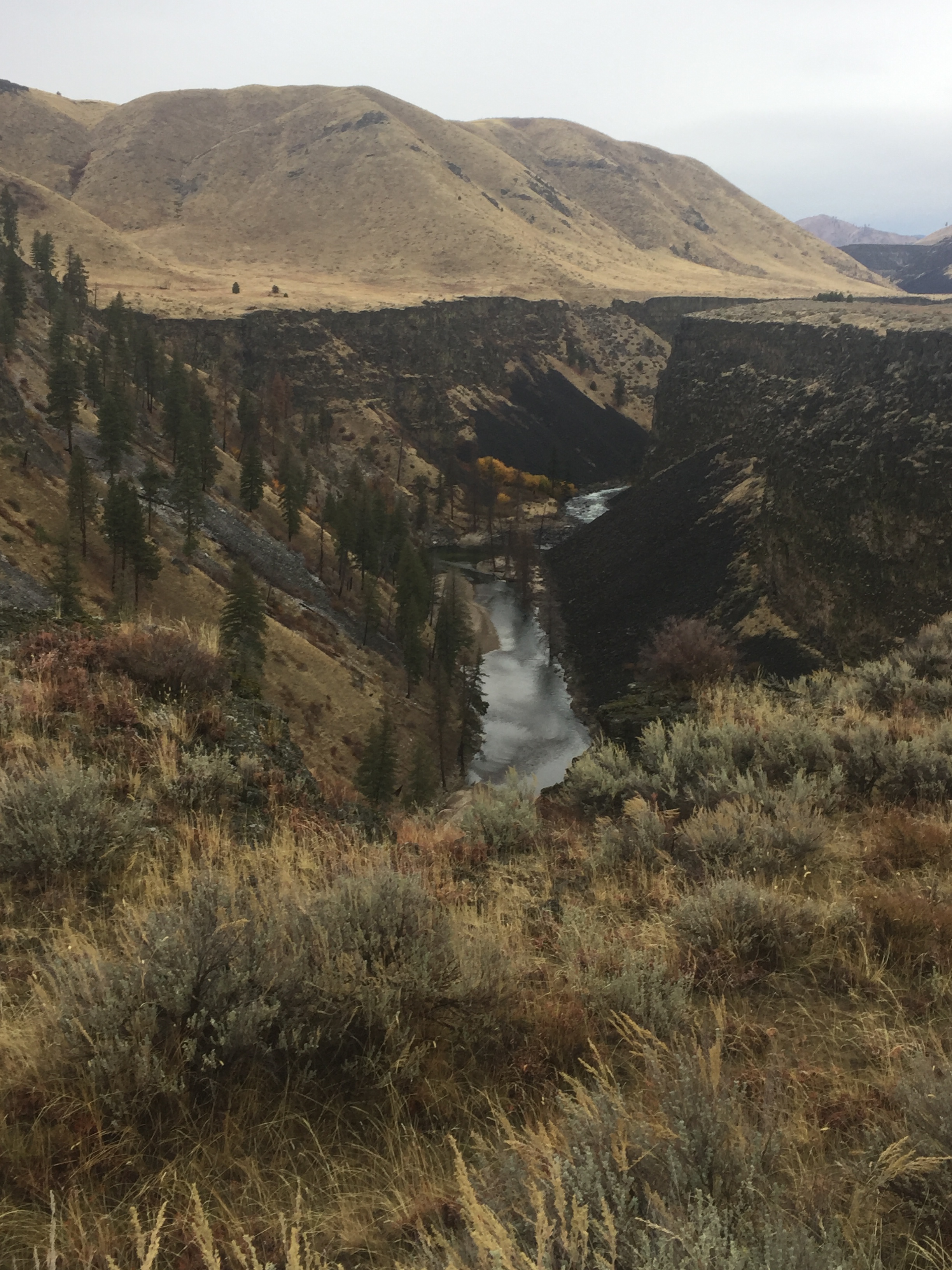
The South Fork of the Boise River downstream from Anderson Ranch Dam is a nationally-renowned tailwater trout fishery and was the first river section in the Idaho Fish and Game’s Southwest Region to be managed as a trophy trout fishery. Known for its trophy rainbow trout and mountain whitefish, the South Fork is also home to some large bull trout. One of the more unique features of this fishery is that it consists of two recreationally distinct sections. A popular roaded section runs from Anderson Ranch Dam downstream to Danskin Bridge and is popular for both drift boat and wade fishing while a canyon section runs from Danskin Bridge downstream to Neal Bridge. With extremely limited access by foot or road because of high canyon walls, this canyon section is accessible mostly by rafts due to varying levels of whitewater. This diverse habitat and opportunity only adds to the popularity of this fishery.
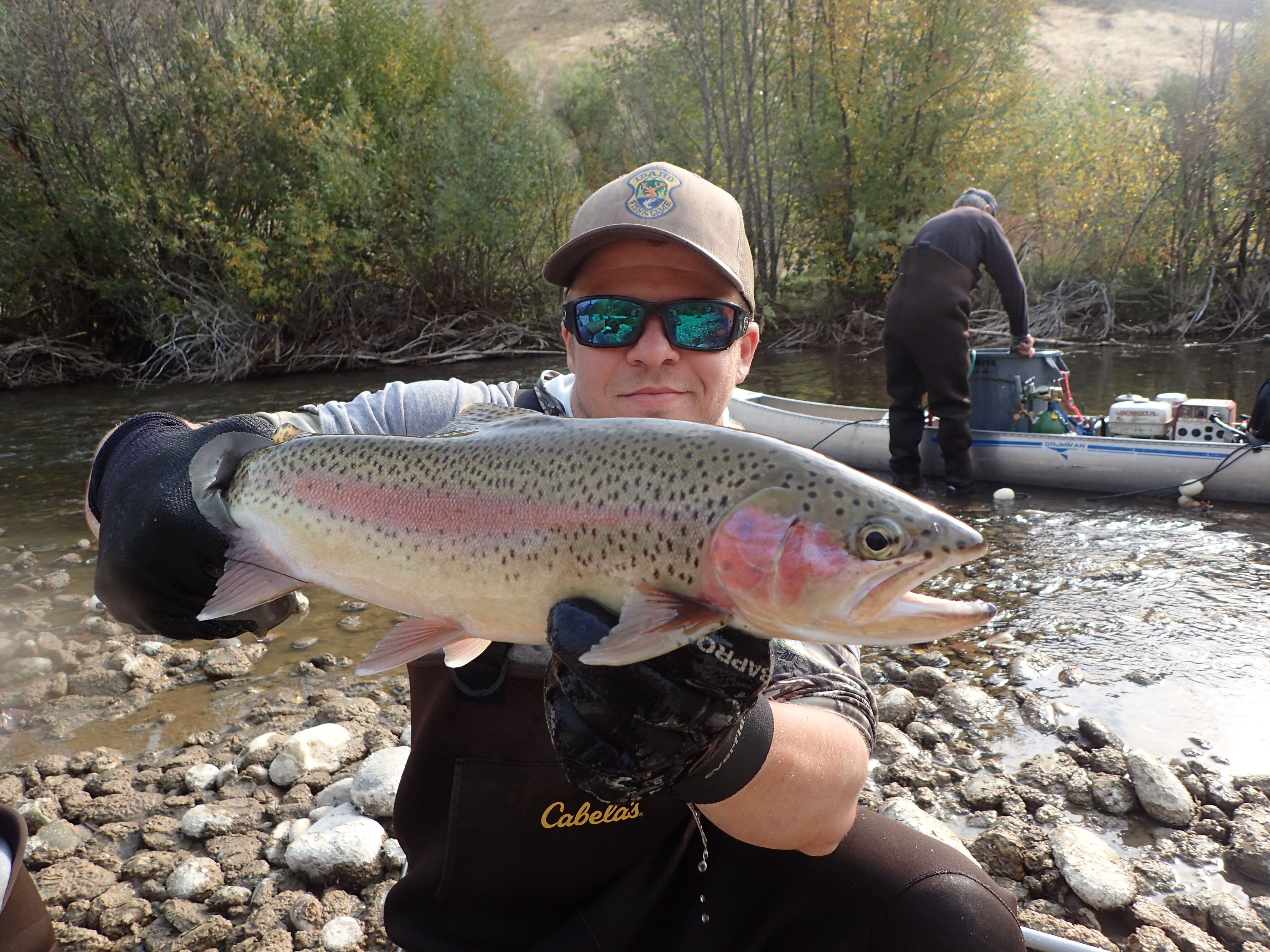
Over the past decade, the South Fork Boise drainage has undergone dramatic changes. In August 2013, the Pony-Elk complex fire burned roughly 280,000 acres in the basin. These fires resulted in large debris and sediment flows that occurred on several tributaries. Notably, sediment flows at Pierce, Granite, Buffalo and Little Fiddler creeks created large slack-water sections followed by new and more-technical rapids, impacting both fish habitat and floating conditions for anglers. In 2017, record snowpack and subsequent runoff further changed the South Fork Boise. These high flows scoured the sediment from the 2013 slides, decreasing the depth and length of the slack-water areas and decreasing the difficulty of the resulting rapids.
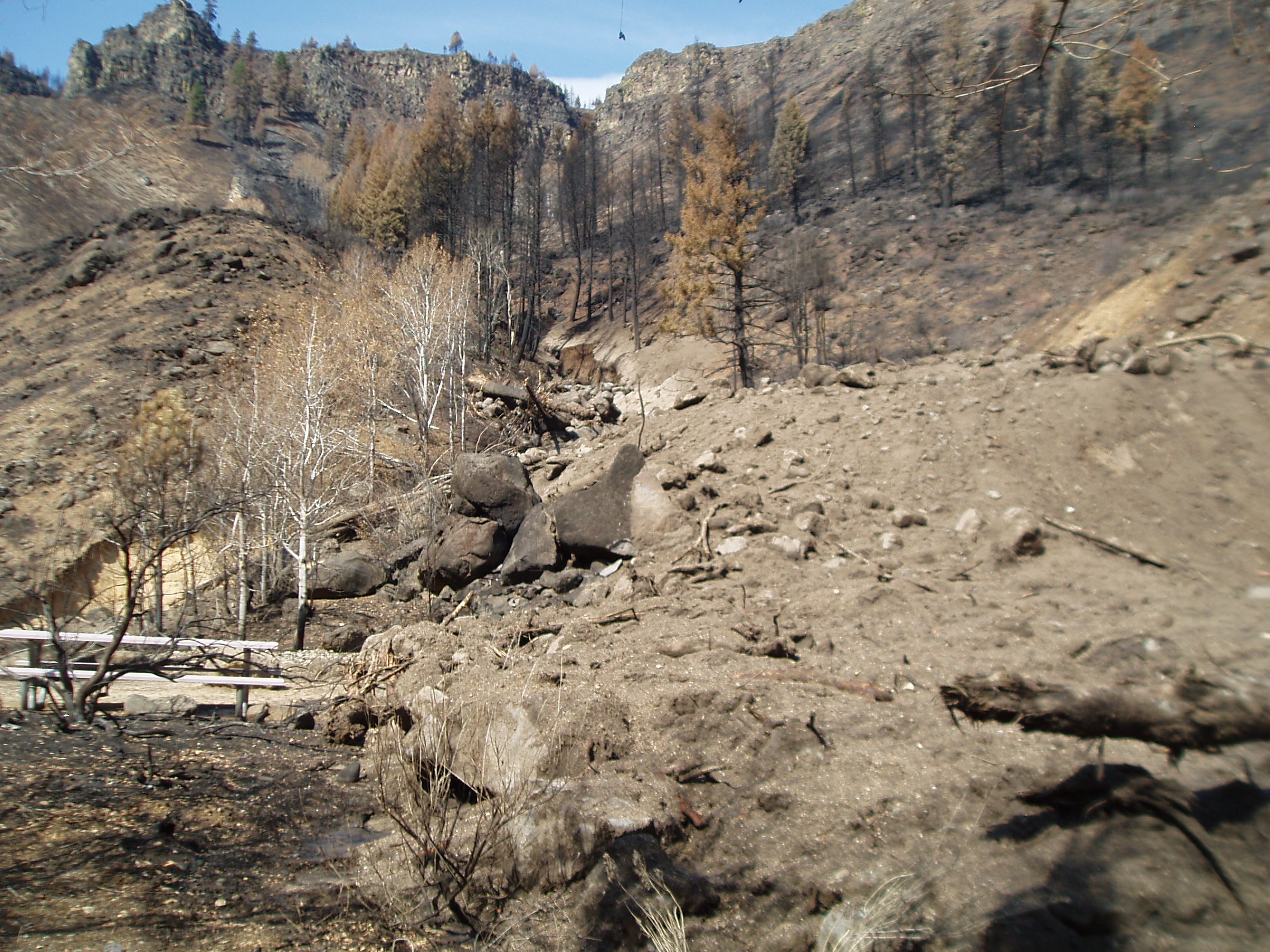
While appearing catastrophic on the surface, these largescale impacts have provided an opportunity for Fish and Game biologists to monitor how the trophy trout fishery would respond. Since 2006, fisheries staff has conducted fish surveys on three reaches along the roaded portion of the South Fork every three years. From these surveys, biologists are able to generate population estimates of wild rainbow trout in the sampled reaches. Survey results show that the estimated rainbow population in the sampled reaches of the South Fork Boise has been variable. From 2006 to 2012, the estimated population size held steady. After the 2013 Pony-Elk complex fire and subsequent debris flows, the 2014 population estimate decreased, which was unfortunate, but expected. However, the population estimate rebounded in 2017 with a large group of fish between 10 and 14 inches. This large group was likely a direct result of increased spawning gravels and habitat resulting from the post-fire debris flows. In turn, this increased production has manifested in a large group of fish 16 inches or greater observed in the 2020 survey. While there was a greater number of larger fish in the system in 2020, the population estimate slightly decreased and appears to be stabilizing back towards pre-fire levels.
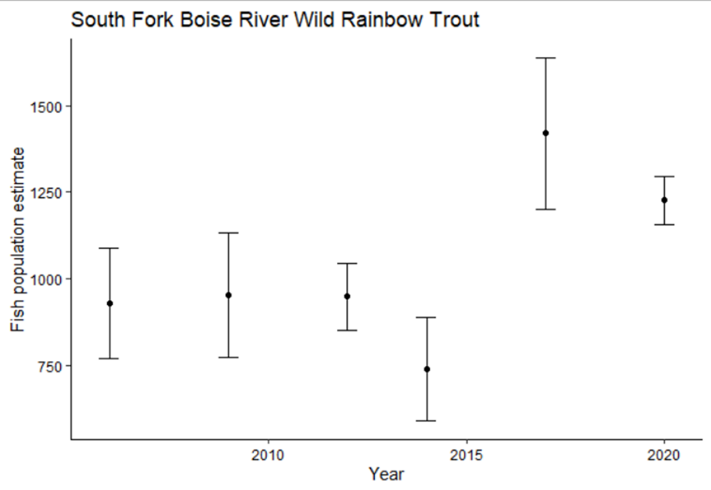
Tracking the response of the wild rainbow trout population in the South Fork Boise to the largescale fire and subsequent debris flows has enabled fisheries staff to gain a better understanding of how these events impact a wild trout population in a tailwater river. The decrease in fish abundance immediately after the fire, following by an increase in production resulting in a large group of fish aging through the system, shows the resiliency of this population. The South Fork of the Boise River continues to live up to its “Trophy Trout” management designation, with a stable population of wild trout and strong group of large fish greater than 16 inches, and fish over 20 inches encountered. Fish and Game will continue to monitor South Fork of the Boise triennially, and work to maintain this blue ribbon fishery.
